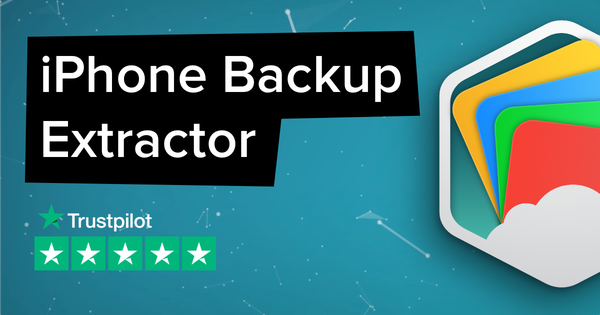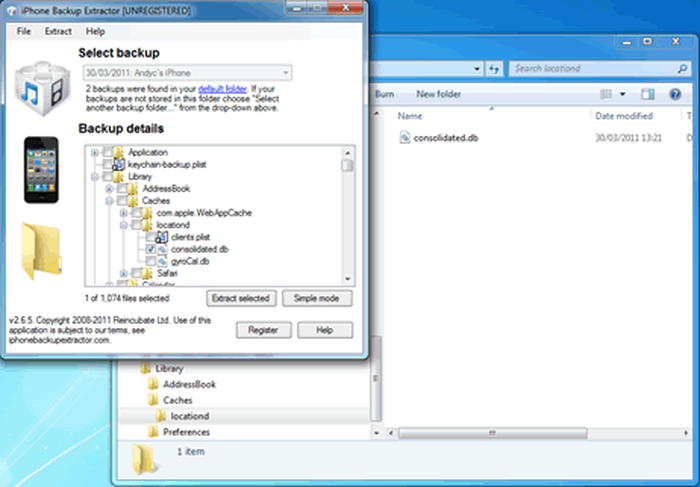

Losing data could be as equivalently disappointing as losing the device. While enjoying its features, you should protect it at the same time, not only the hardware but the data. If you are a fan of the iPhone, you must love it for its premium performance and simple style. IPhone has been regarded as an excellent tool since its invention. The free iTunes backup extractor has been listed in this passage, while before that, let’s get to know about how iTunes backup your iPhone. When you find that you can’t view iPhone data in iTunes backup, you must want a iPhone backup extractor free to browse and extract files from that backup copy. If you need to view and access this data, skip to step 3.Extract iPhone data from iTunes backup for free Note that these files are not human-readable. Your backups will now be listed for you as seen in the image below. Open this folder and navigate through LocalCache > Roaming > Apple Computer > MobileSync > Backup. Then find the folder at this location with a name starting with 'WideAngleSoftware'. In the search box, type %localappdata%\Packages then hit Enter/Return.


In the search box, type %appdata% then hit Enter/Return.Your backups will be stored in any of 3 locations on your computer, depending on your system:.Windows 10/11: click the Search box next to the Start button.

Windows 8: click the magnifying glass in the top right corner.To locate a list of your backups manually, follow these steps: Here's how to find where your backups are stored on your PC. You can access your backup location manually through File Explorer, or automatically using iBackup Extractor. However, this can vary from system to system. Where are iPhone backups stored? On Windows systems, your iPhone backups are usually located here: \Users\(username)\AppData\Roaming\Apple Computer\MobileSync\Backup\.


 0 kommentar(er)
0 kommentar(er)
